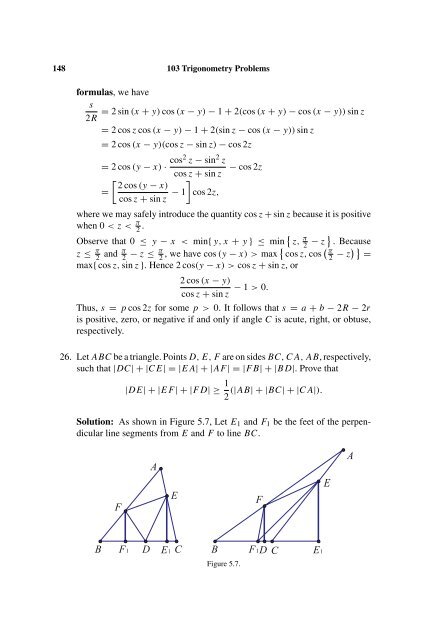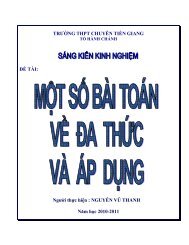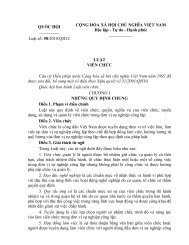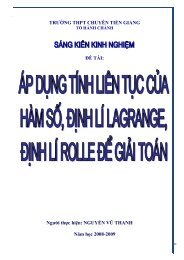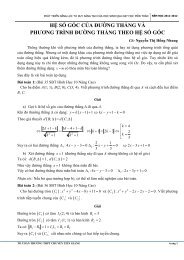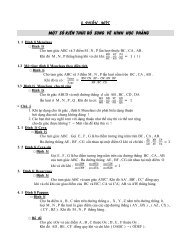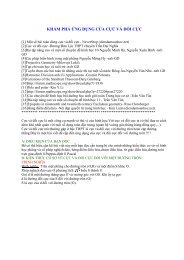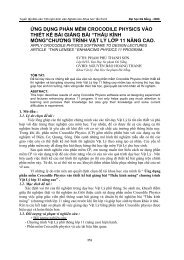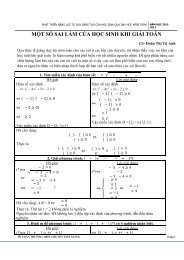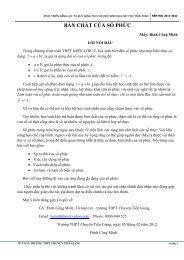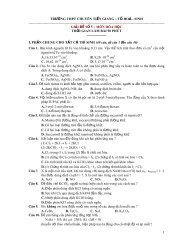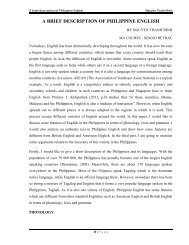103 Trigonometry Problems
103 Trigonometry Problems
103 Trigonometry Problems
Create successful ePaper yourself
Turn your PDF publications into a flip-book with our unique Google optimized e-Paper software.
148 <strong>103</strong> <strong>Trigonometry</strong> <strong>Problems</strong><br />
formulas, wehave<br />
s<br />
= 2 sin (x + y)cos (x − y) − 1 + 2(cos (x + y) − cos (x − y))sin z<br />
2R<br />
= 2 cos z cos (x − y) − 1 + 2(sin z − cos (x − y))sin z<br />
= 2 cos (x − y)(cos z − sin z) − cos 2z<br />
= 2 cos (y − x) · cos2 z − sin 2 z<br />
− cos 2z<br />
cos z + sin z<br />
[ ]<br />
2 cos (y − x)<br />
=<br />
cos z + sin z − 1 cos 2z,<br />
where we may safely introduce the quantity cos z + sin z because it is positive<br />
when 0 max { cos z, cos ( π<br />
2<br />
− z )} =<br />
max{ cos z, sin z }. Hence 2 cos(y − x) > cos z + sin z, or<br />
2 cos (x − y)<br />
cos z + sin z − 1 > 0.<br />
Thus, s = p cos 2z for some p>0. It follows that s = a + b − 2R − 2r<br />
is positive, zero, or negative if and only if angle C is acute, right, or obtuse,<br />
respectively.<br />
26. Let ABC be a triangle. Points D, E, F are on sides BC,CA,AB, respectively,<br />
such that |DC|+|CE|=|EA|+|AF |=|FB|+|BD|. Prove that<br />
|DE|+|EF|+|FD|≥ 1 2 (|AB|+|BC|+|CA|).<br />
Solution: As shown in Figure 5.7, Let E 1 and F 1 be the feet of the perpendicular<br />
line segments from E and F to line BC.<br />
F<br />
A<br />
E<br />
F<br />
E<br />
A<br />
B<br />
F1<br />
D<br />
E1<br />
C<br />
B<br />
Figure 5.7.<br />
F1<br />
D<br />
C<br />
E1


